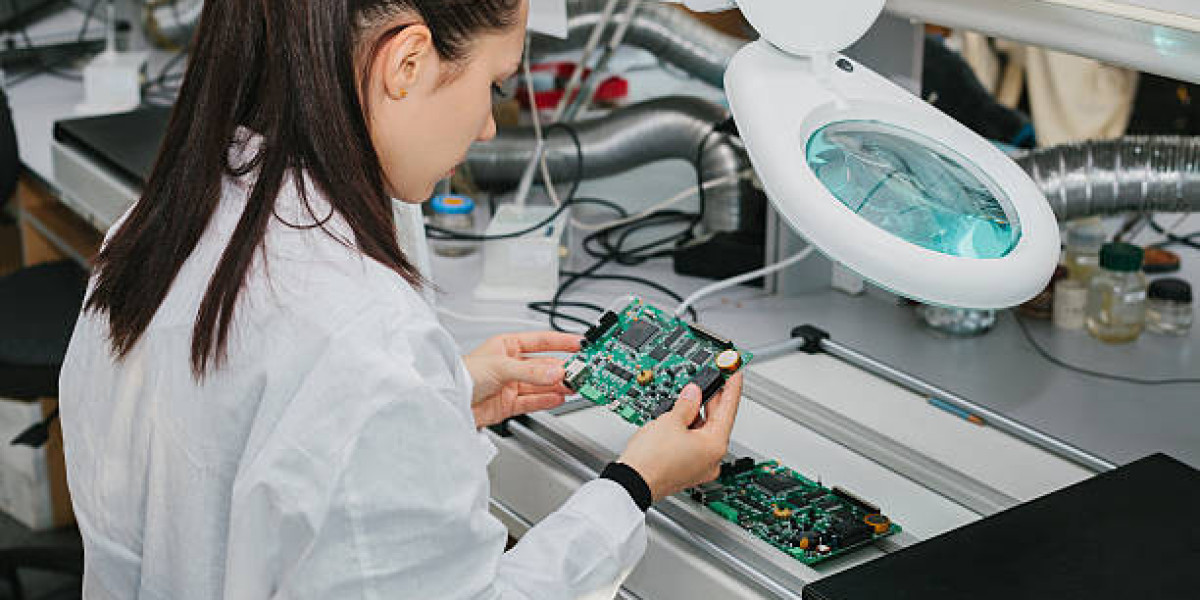The landscape of electronics is continually shaped by advancements in PCB design. From smartphones to industrial equipment, every electronic device relies on a well-crafted PCB layout for optimal performance. This article delves into essential tools and techniques that facilitate successful PCB board design, ensuring both efficiency and high performance.
Essential Tools for PCB Design:
CAD Software for Design Precision
Computer-aided design (CAD) software forms the backbone of modern PCB design processes. Tools like Autodesk Fusion 360, Cadence Allegro, and Mentor Graphics PADS provide intuitive interfaces for schematic capture, component placement, and routing. Designers can leverage these tools to visualize their concepts in 2D and 3D, ensuring accurate placement of components and efficient routing of traces.
Simulation and Analysis Tools
Simulation tools are indispensable for validating PCB board design before physical prototyping. SPICE (Simulation Program with Integrated Circuit Emphasis) simulators enable engineers to assess circuit behavior under various conditions, ensuring compliance with performance specifications. Additionally, tools like ANSYS HFSS facilitate electromagnetic analysis, crucial for optimizing signal integrity and minimizing electromagnetic interference (EMI).
Design for Manufacturability (DFM) Guidelines
Designing for manufacturability involves adhering to guidelines that streamline the fabrication and assembly processes. PCB design must consider factors such as panelization, solder mask requirements, and component footprint standardization. By adhering to DFM principles, designers can minimize production costs and lead times while maximizing yield and reliability.
Conclusion:
In the dynamic field of electronics, mastering PCB board design is essential for delivering products that excel in performance and reliability. By harnessing advanced CAD tools, simulation software, and adhering to DFM guidelines, designers can optimize their designs for efficiency and manufacturability. These practices not only enhance product quality but also foster innovation in electronic design, ensuring that every PCB design meets the highest standards of performance and reliability.



